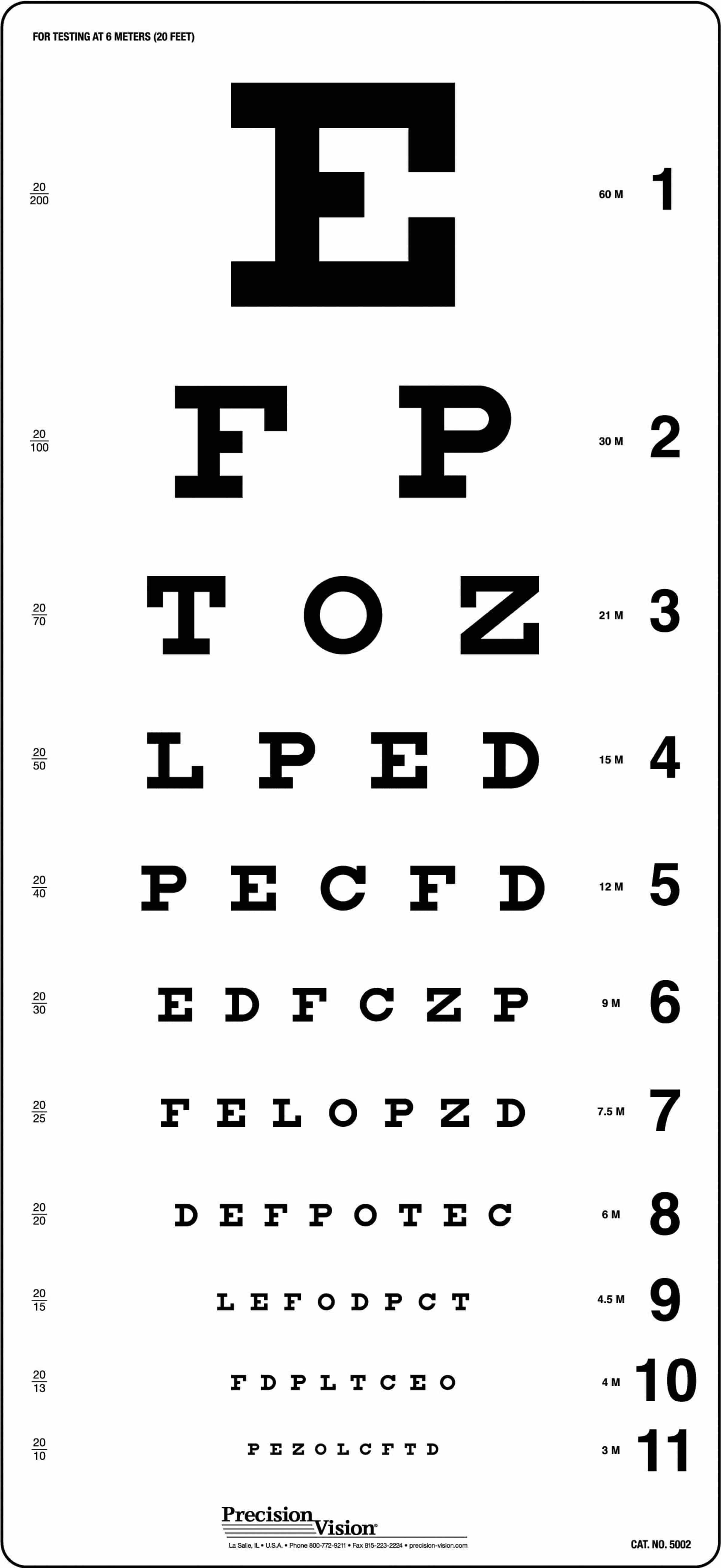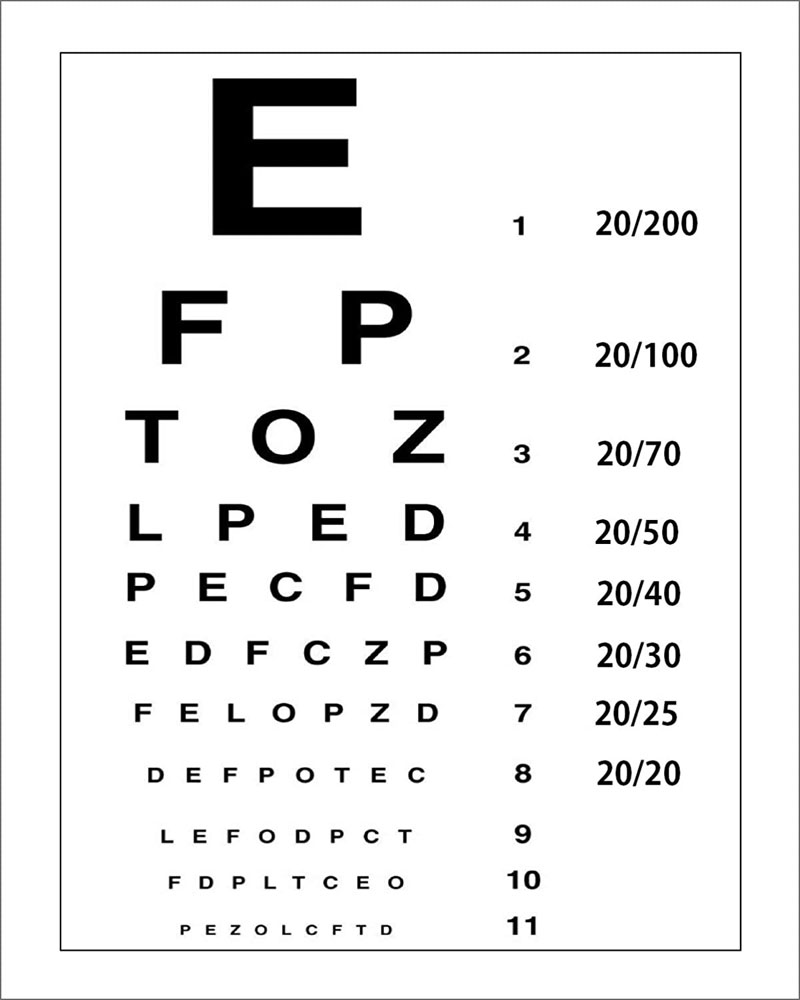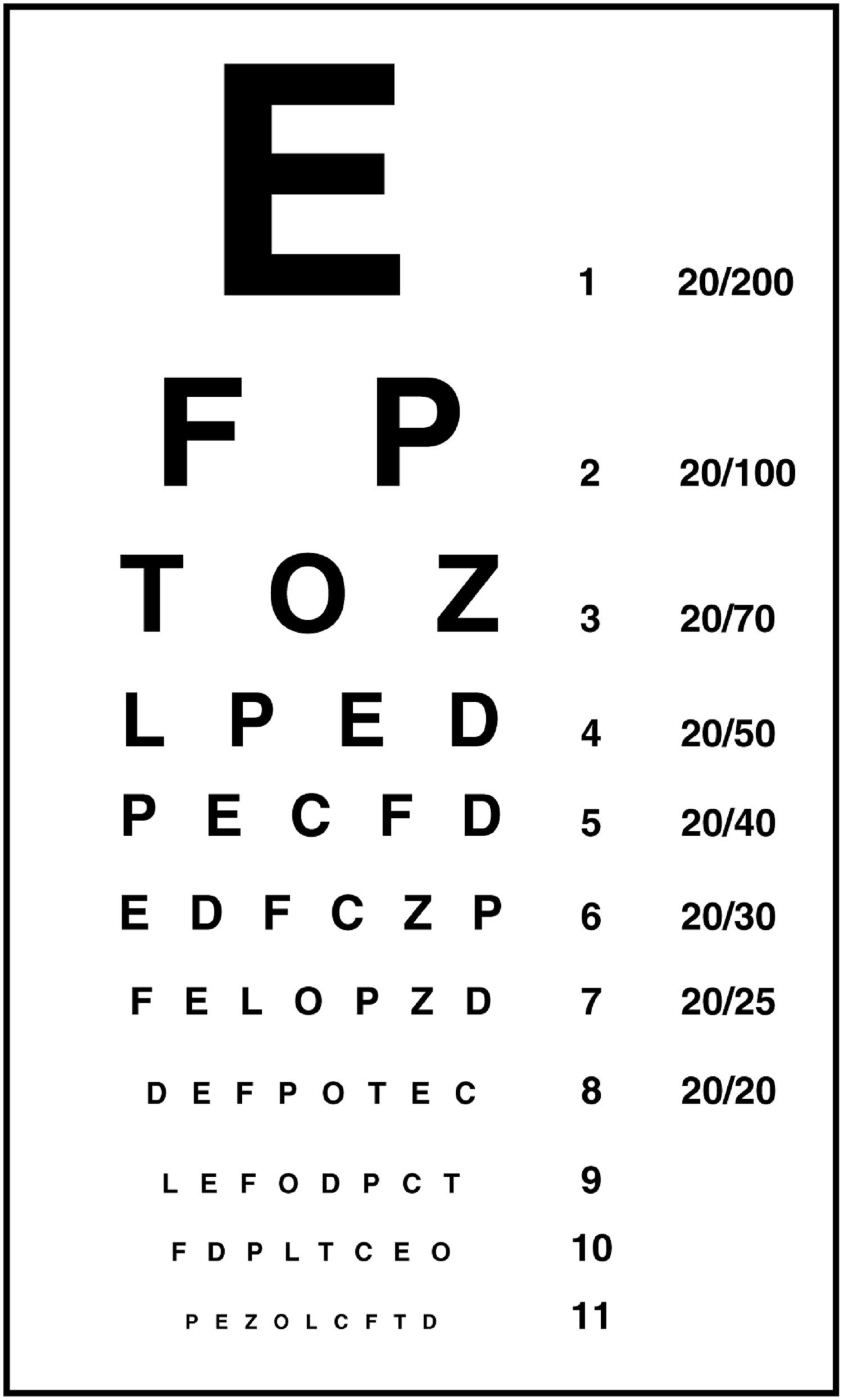Eye test
Table of Contents
Table of Contents
Do you ever leave the eye doctor’s office feeling confused about your results? Understanding the results of an eye test can feel overwhelming, but it’s important to get clarity so that you can take control of your eye health. In this article, we’ll break down everything you need to know to understand your eye test results.
The Pain Points
When it comes to eye test results, the most common source of confusion is the jargon involved. Terms like “visual acuity”, “refraction”, and “astigmatism” may sound intimidating, but they all have simple explanations that you can understand with a little bit of guidance.
The Target
The target of understanding your eye test results is to be able to understand how well you see and identify any potential vision problems. With this information, you and your eye doctor can then determine the best course of action for your eye health moving forward.
Main Points
Before we dive into the specifics of understanding your eye test results, let’s summarize the main points:
- Eye tests are crucial for maintaining good eye health.
- Understanding the terminology involved in eye test results is the key to comprehension.
- Knowing your results can help uncover potential vision problems before they become serious.
What is Visual Acuity?
Visual acuity is a term used to describe how well you see. It’s usually measured using a Snellen chart, which is a chart with letters of varying sizes. The first number of your visual acuity result refers to the distance you stand from the chart, while the second number refers to the distance at which a person with normal vision would be able to read the line of letters that you read.
 If you have 20/20 vision, that means you can read the line of letters that a person with normal vision can read at a distance of 20 feet. If you have 20/40 vision, that means you can only read the letters at 20 feet that a person with normal vision can read at 40 feet.
If you have 20/20 vision, that means you can read the line of letters that a person with normal vision can read at a distance of 20 feet. If you have 20/40 vision, that means you can only read the letters at 20 feet that a person with normal vision can read at 40 feet.
What is Refraction?
Refraction is the bending of light as it passes through your eye. This measurement is essential for determining your need for glasses or contacts. Your eye doctor will have you look through a special device called a refractor, which uses lenses of different strengths to measure the way light bends in your eye.
 What is Astigmatism?
What is Astigmatism?
Astigmatism is a common vision problem that results in a curvature of the eye’s cornea or lens, which causes light to focus unevenly. This causes blurred or distorted vision. Your eye doctor can identify astigmatism during your eye test and will recommend corrective lenses to treat it.
Personal Experience
When I first went to the eye doctor, I was nervous about what the results would show. However, understanding my visual acuity and the need for glasses helped me take the first steps towards clearer vision. Knowing my eye test results have also helped me maintain good eye health and prevent potential problems.
What is a Dilated Exam?
A dilated exam is a test that allows your eye doctor to see the back of your eye more clearly. They will put eye drops in your eye that cause your pupils to dilate or widen, which allows more light to enter your eye. This helps your eye doctor to detect eye diseases like macular degeneration, cataracts, and glaucoma.
 Personal Experience
Personal Experience
During my last eye exam, my eye doctor recommended a dilated exam to get a better view of my eye health. While my eyes were sensitive to light afterwards, it was important to know that my eyes were healthy.
Maintaining Good Eye Health
Understanding your eye test results is just one step in maintaining good eye health. Be sure to schedule regular check-ups with your eye doctor, wear protective eyewear when necessary, and give your eyes a break when using digital devices for long periods.
Question and Answer Section
Q: What are some other vision problems that can show up on an eye test?
A: Other common vision problems that can be detected include color blindness, strabismus (lazy eye), and presbyopia.
Q: How often should I schedule an eye exam?
A: It’s recommended that adults have their eyes checked every 1-2 years, even if they don’t have any noticeable vision problems.
Q: Can I improve my visual acuity without glasses or contacts?
A: While glasses or contacts are usually the best way to correct vision problems, there are some exercises that can improve your visual acuity, like focusing on objects from different distances.
Q: Are there ways to prevent eye problems?
A: Yes, maintaining a healthy lifestyle, wearing protective eyewear, and taking regular breaks from digital devices can all help prevent eye problems.
Conclusion of How To Understand Eye Test Results
Understanding your eye test results is an important step in maintaining good eye health. By knowing your visual acuity, refraction, and whether you have any vision problems like astigmatism, you and your eye doctor can create a plan for your eye health. Remember to schedule regular eye exams, wear protective eyewear, and give your eyes a break when necessary.
Gallery
Welch Allyn Spot Vision Screener / Auto-Refractor

Photo Credit by: bing.com / vision spot screener results eye allyn welch screening exam carrying case accurate detection screen
Understanding Your Prescription | Banton Frameworks

Photo Credit by: bing.com /
Eye Exam Chart Printable Free - Free Printable

Photo Credit by: bing.com / snellen optotype
Eye Test - Definition Of Eye Test

Photo Credit by: bing.com / printable opticians optician glossary
Traditional Snellen Eye Chart - Precision Vision

Photo Credit by: bing.com / chart snellen vision eye test charts traditional testing exams precision interpretation printable acuity glasses distance eyesight comprehensive xl choose board





